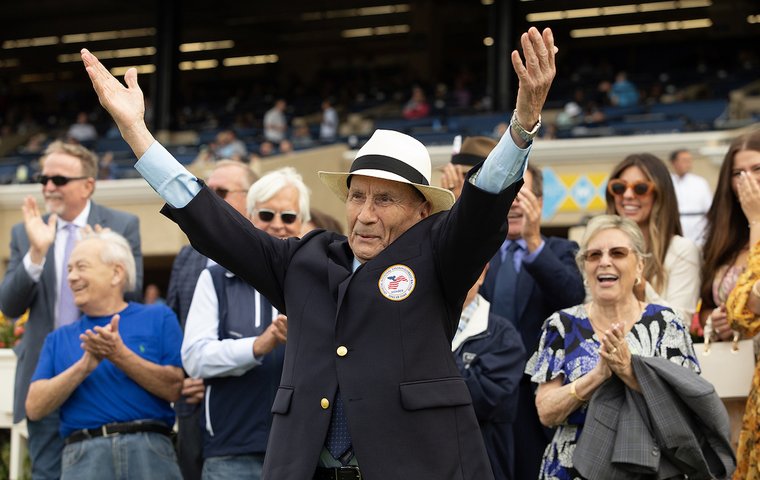
Our questionnaire is completed by Fernando Toro, who recently became the oldest living jockey ever inducted into the Hall of Fame as part of the Class of 2023
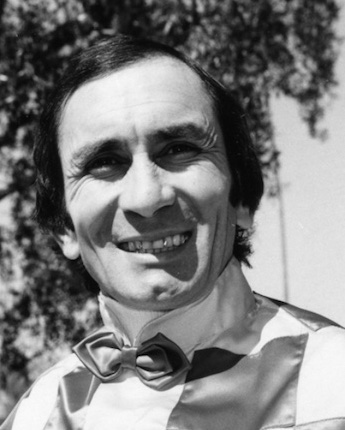 It was about time. Fernando Toro, 82, retired in 1990 with 3,555 North American winners, plus another 500 or so recorded in his native Chile, where he earned a string of national titles.
It was about time. Fernando Toro, 82, retired in 1990 with 3,555 North American winners, plus another 500 or so recorded in his native Chile, where he earned a string of national titles.
However, racing one day a week, even at the major tracks in the capital city of Santiago, was unfulfilling for the young Toro. In 1966, he made the leap to the US, first to Florida and New York and then on to California, where the local faithful christened him ‘the Bull’ and often cashed in through his exploits at Santa Anita, Hollywood Park and Del Mar.
“I always wanted to go where the competition was the toughest,” Toro said recently at home in Carlsbad, California, where he lives with his childhood sweetheart, Lola. They have been married 64 years.
“That’s the only way you can improve,” Toro said, “by riding against the best.”
He certainly got his wish. Through Toro’s heyday in the 1970s and 80s, the California colony was awash in talent. A typical line-up looked something like the 1981 Charles H. Strub Stakes at Santa Anita, at a mile and a quarter on the dirt.
Toro won the race on Super Moment, while the four horses immediately in his wake were ridden by Bill Shoemaker, Sandy Hawley, Eddie Delahoussaye, and Laffit Pincay, with Chris McCarron, Jorge Velasquez, and Angel Cordero also in the field. They all were either in the Hall of Fame or on their way.
The grass became Toro’s personal hunting ground – he rode a record 40 winners on the Hollywood Park turf in 1976 – but the Historical Review Committee of the Hall of Fame recognized Toro just as much for an all-around record that rose to the heights of victories in the inaugural Breeders’ Cup Mile on Royal Heroine and the 1986 Arlington Million with Estrapade. As for ascending to the Hall of Fame in what he concedes is his twilight years, Toro insists he never gave up hope.
“Because of the jockeys I rode against, I thought I belonged,” Toro said. “People would ask, ‘Are you in the Hall of Fame?’ Now I have the answer.”
Which racing figure past or present do you most admire?
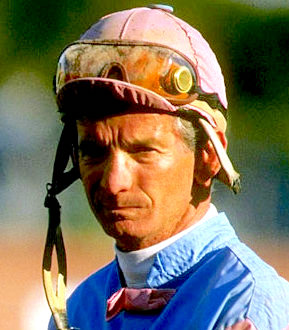 When I was young I went to the movies every week in Santiago. They would show the newsreels from around the world. One time they showed the Kentucky Derby with Bill Shoemaker (right) and Swaps. That stayed in my head for a long time.
When I was young I went to the movies every week in Santiago. They would show the newsreels from around the world. One time they showed the Kentucky Derby with Bill Shoemaker (right) and Swaps. That stayed in my head for a long time.
I saw Shoe in person for the first time when he rode in the Florida Derby. When he walked in the room everybody stopped to look. He was treated with so much respect, but he acted like just another guy.
He came up to me one time, when I had not been in California long, and said to me: “Bull, you’ve got good hands.” Coming from him, that meant a lot. Riding against him, he was so smart. He always had something left, and he knew exactly where the wire was. You could go by Shoe, even at the sixteenth pole, but the race was not over yet.
Which is your favorite venue, and race, anywhere in the world?
That would have to be Santa Anita, for the reason that I lived in Sierra Madre (laughs). It’s a beautiful place, though, and was close to home. So that’s an easy question.
But how could I not love Hollywood Park? Also a beautiful place where I had a lot of success, including the Bre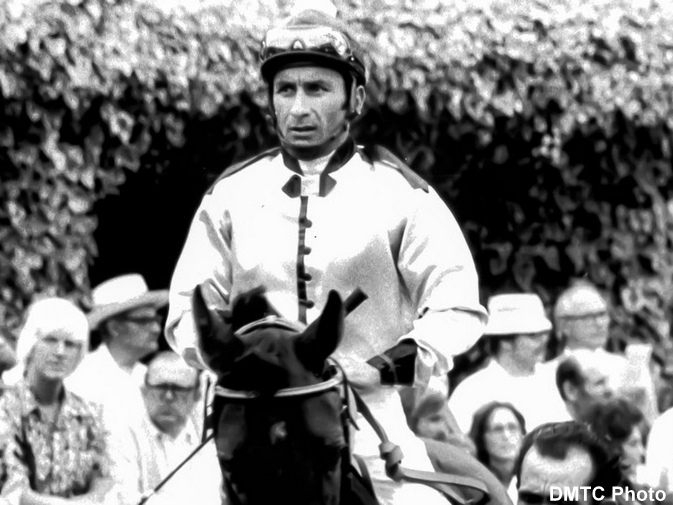 eders’ Cup. And that’s where I beat Shoemaker’s record that year for the most winners on the grass.
eders’ Cup. And that’s where I beat Shoemaker’s record that year for the most winners on the grass.
My favorite race? I could say the Breeders’ Cup Mile or the Arlington Million. But the highest honor of my life was when I represented the United States in the Jockeys International race at Pietermaritzburg in South Africa, in 1971. That was the year before I became a US citizen. Shoemaker was their first choice, but he couldn’t make the trip, so he recommended they invite me.
There was Lester Piggott, Frankie’s dad Gianfranco Dettori, Geoff Lewis from England, Maurice Philipperon from France, Michael Roberts from South Africa, Bill Skelton from New Zealand, champions from Japan and Australia – a really incredible group of riders. I wore silks with the stars and stripes, and I was lucky enough to win the race.
Who is your favourite racehorse and why?
No question – Royal Heroine. Besides being a champion, she saved my life. It was the Santa Ana Handicap at Santa Anita. Two horses went down ahead of me, and she tried to jump the one right in front of her. One of her hind legs got tangled, and we went down. But because she tried to jump, everybody behind me had time to see what was going on, and I was thrown more to the outside. When you go down instantly, they’ve got no shot to miss you. So she saved my life, my career, my bank account.
What is your fondest memory in racing?
That has to be my first winner, and for a lot of reasons. I had ridden only one horse before that. I had been a groom, and I used to go to the gap of the track and hang out there, asking trainers if I could gallop their horses.
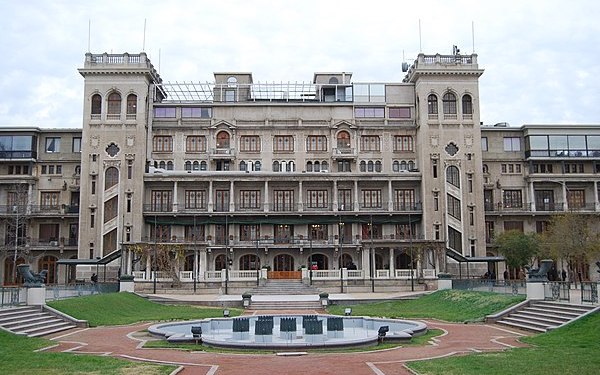 That’s how I got started as an apprentice. The race was six furlongs at the Hipodromo in Santiago, where they raced on dirt in the morning. I was in the first race at 7.45am on a mare by the name of Maine.
That’s how I got started as an apprentice. The race was six furlongs at the Hipodromo in Santiago, where they raced on dirt in the morning. I was in the first race at 7.45am on a mare by the name of Maine.
Everything good that happened in my life was because of that day, knowing I could be a jockey. My father left us when I was five. When I finished the sixth grade my mother said that’s it, you have to go to work now to help the family.
She knew I worked at the track, but she didn’t really know what I did. When I cashed my first check as a jockey, I put the money on my mother’s pillow. When I was 17, I was able to buy her a house. When I handed her the keys, it was the first time I remember seeing her smile.
If you could change one thing in racing, what would it be?
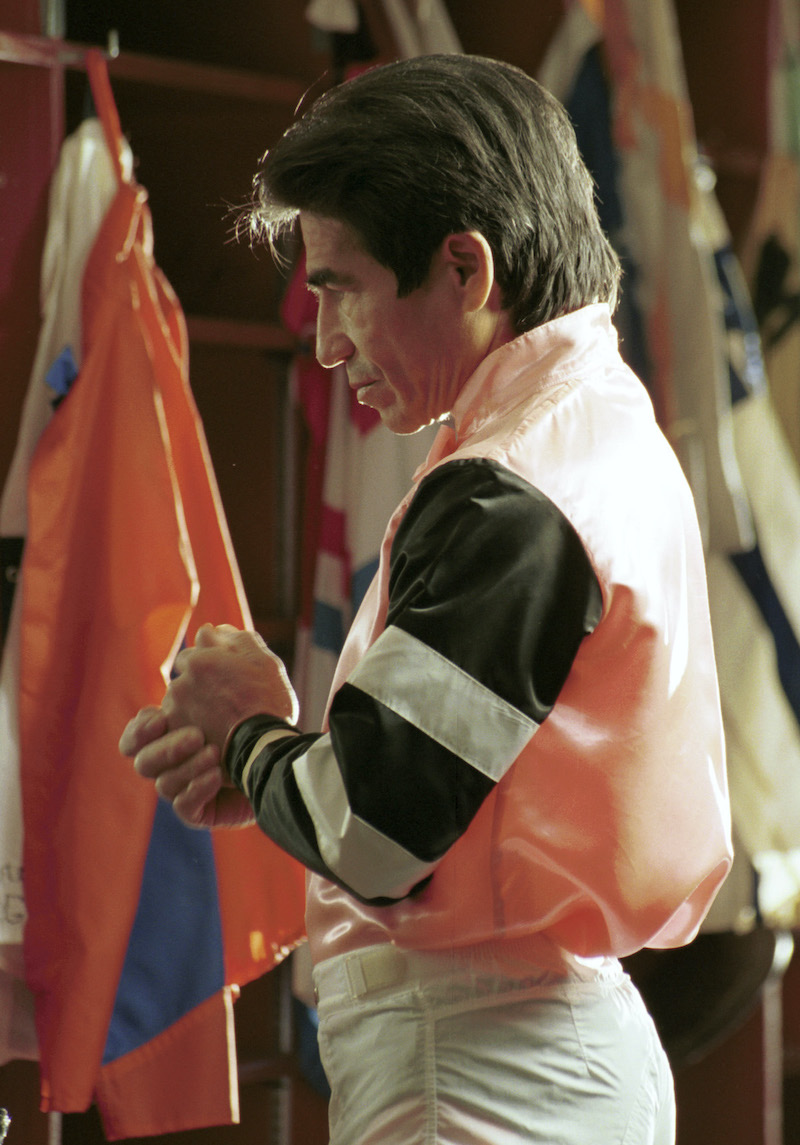 For the safety and security of the riders and the horses, I wish the stewards would take more control of aggressive riding. Being aggressive can be dangerous, and that’s no good for anybody, including the aggressive rider himself.
For the safety and security of the riders and the horses, I wish the stewards would take more control of aggressive riding. Being aggressive can be dangerous, and that’s no good for anybody, including the aggressive rider himself.
One time things were getting out of control because of a couple guys. Shoemaker called a meeting. He said we had to protect each other, think about what we’re doing out there. When someone is yelling because something is going on, pay attention. But the only people that can really control the situation are the stewards. You don’t want the other jockeys to take care of aggressive riders out there.
But there’s a difference between aggressive and competitive. There was a story about Laffit Pincay (right). One day he got beat a head and never turned his stick, just pumping hard with his hands. Somebody asked him why he didn’t use the whip? Was he that confident? Laffit said: “No, that wasn’t it. I forgot.”
He was focused so hard he didn’t think of doing anything else. That’s what I call competitive.
Fernando Toro was speaking to Jay Hovdey
• View the entire What They're Thinking series
DeShawn Parker: We all pull our pants on one leg at a time and you gotta have the horse
Michelle Payne: One of the best things to see are the opportunities now being given to females
Diane Crump: It took ten years for the sport to open up and start using women regularly
View the latest TRC Global Rankings for horses / jockeys / trainers / sires


